Plants learned to clone themselves hundreds of millions of years ago and they continue to do so today. Plants spread by asexual (vegetative) reproduction in addition to sexual reproduction.
From a design perspective, we can utilize plant clones to build effective garden spaces, do land reclamation, and grow certain important food crops.
Plant clones can also be harmful, such as when they clog waterways.
We find plant clones in so many settings. Large plants, small plants, land plants, aquatic plants. Underground and above-ground growth. Leaves that clone, stems that clone, roots that clone. And some organisms that look like plants (like Cladonia boryi below), but which are not related to plants.
Enjoy these photos and please click on each one for more details.
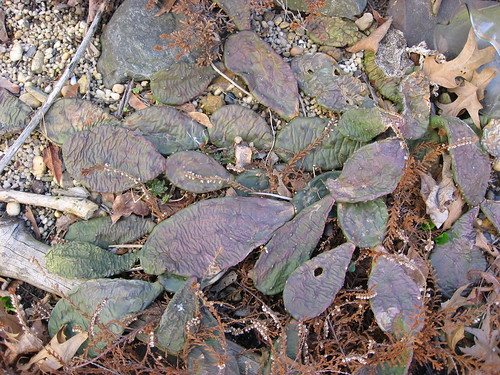
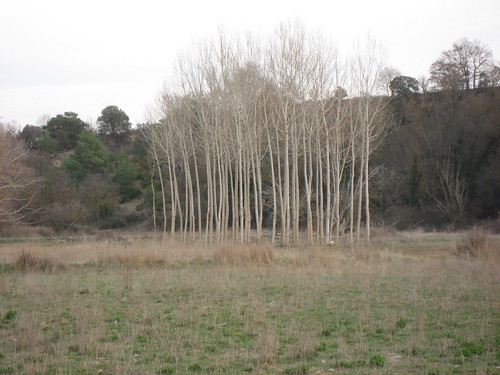

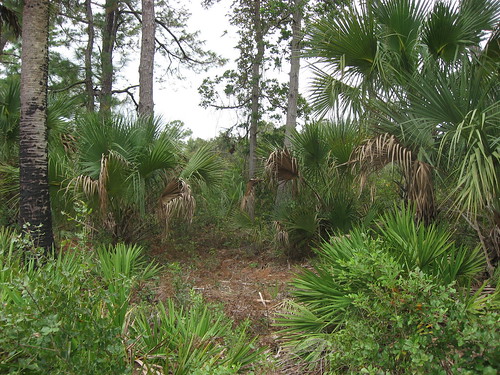

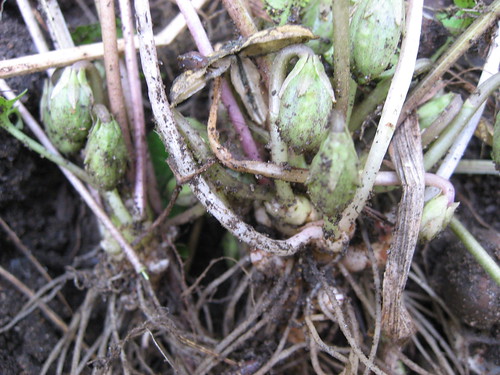
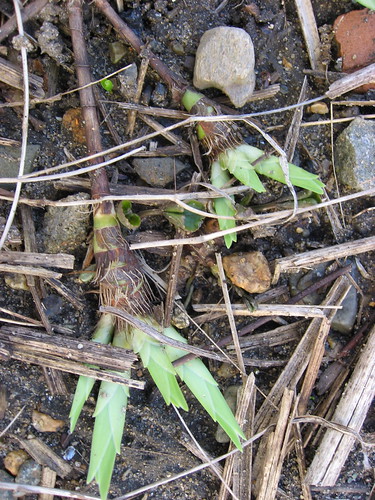
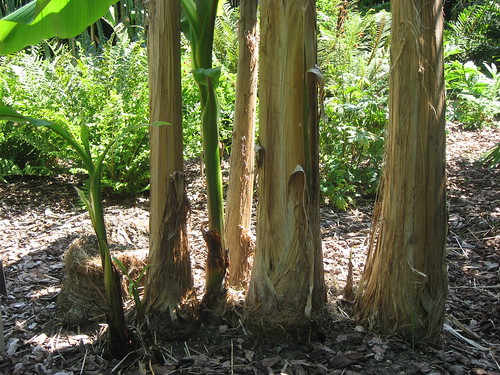
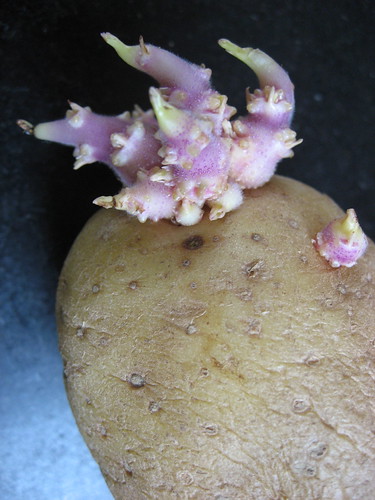
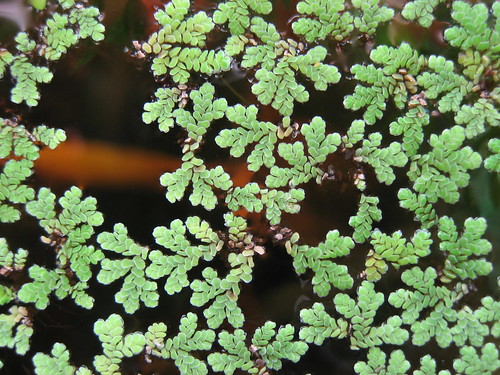

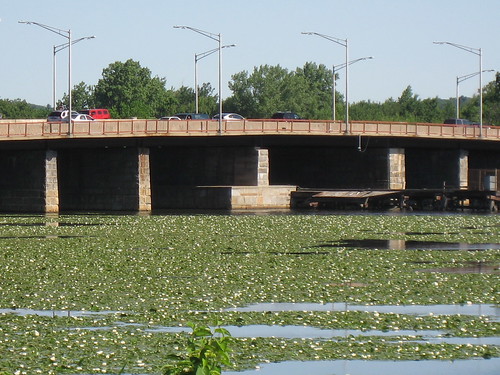

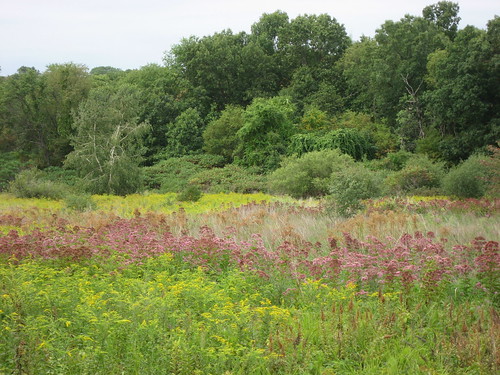
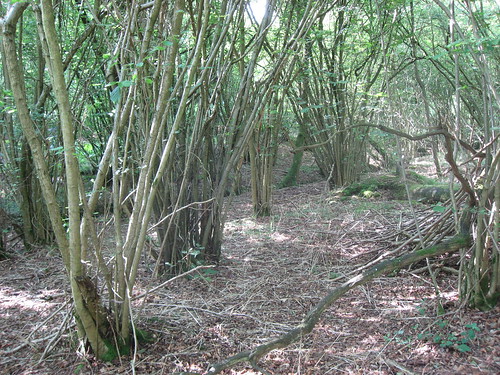
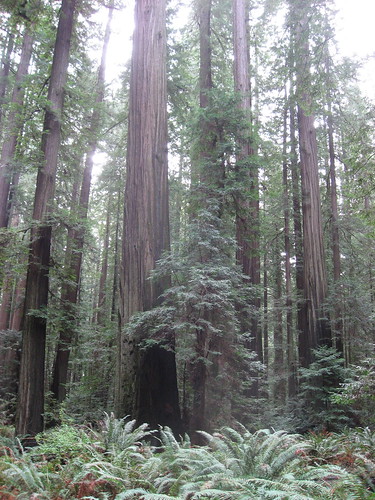
What is the cell that is creating the clone? Is it the meristem cells?
ReplyDeleteYes there are meristem cells throughout the plant. Some near the base are activated when the apical meristem gets far enough away and its message of "don't grow below" is sufficiently weak.
DeleteHow do these plants clone and what makes them want to clone? Do the roots of the plants help with the cloning process?
ReplyDeletePlease see my answer above to address your excellent questions.
DeleteAs an avid gardener, I have been adding plant leaves and cuttings to my personal garden for years and have never considered it cloning until reading your blog. I am sure lots of gardeners do this with out being aware that they introduce invasive species of plants which spread rapidly. An example of this would be cultivating Purple Loosestrife that is currently invading our rivers and streams.
ReplyDeleteThe leaves and cuttings are unlikely to take root on their own. However, when I add leaves, cuttings, and assorted debris I introduce habitat for slugs and snails. I wish there were some way around this but I do like the natural look and feel of the plant parts that end up in my garden.
DeleteThe aspen trees are very interesting, at what rate do they grow? I am very interesting in the process of cloning like the others that have commented.
ReplyDeleteThe aspens are pretty fast growers, depending on their habitat. I would imagine that once they reach a certain state of maturity, they put out clones every couple of years or so.
DeleteKnowing how easily these plants reproduce is inspiring.
ReplyDeleteI'm intrigued by the palmetto plant. First, I wonder what causes the fires and second, how do the plants survive and then reproduce? I know they have an underground stem but it's still fascinating.
ReplyDeleteThe area where those palmettos grow has more lightning than anywhere else in North America. So in its natural state, lightning would be the main cause of fire. Many of the fires are very hot and very fast, burning the sap-rich pines especially. In general, things under the ground are spared the heat of the burn. Even if they are charred, there is meristem tissue deep in the palmetto underground growths that will resprout.
DeleteInteresting food chain associated with the Azolla.
ReplyDeleteI'm pretty sure these are hickory trees or a relative of hickories.
DeleteAlso, do you know what the species is in the copse photo?
ReplyDeleteI'm pretty sure these are alders or hazels.
DeleteVery interesting plants Sam. Do certain plants have a limit of cloning? similar to the banana shoots? Or do most plants just produce clones based off of one "Mother plant"?
ReplyDeleteI think as long as the plant is in good health and the conditions are right there is basically no limit on cloning. Of course if you imagine that the plant is cloning outward (radially), it would most likely continue to increase the circumference of the colony.
DeleteIs the Azolla a type of algae? The appearance implies a more complex version of algae.
ReplyDeleteThe Azolla is a floating fern. It is cool because it creates habitat for cyanobacteria, bacteria that do photosynthesis AND add biologically useable nitrogen to the ecosystem.
Delete
ReplyDeleteHemp plant nursery lets breathe life into your home with Top self Trop Cookie X Animal Cookies Clones. Every healthy beautiful clone. Pest free fully rooted clones available.